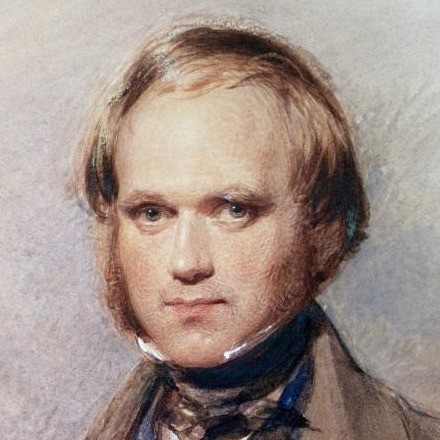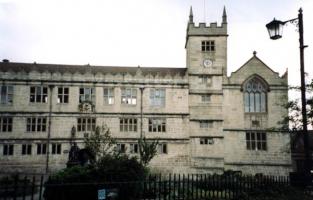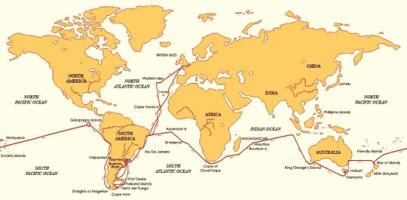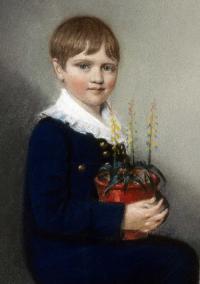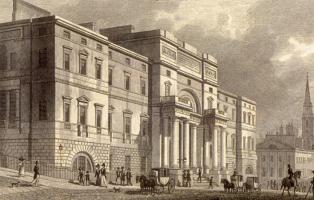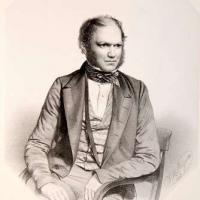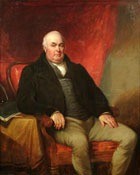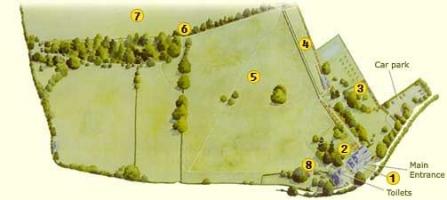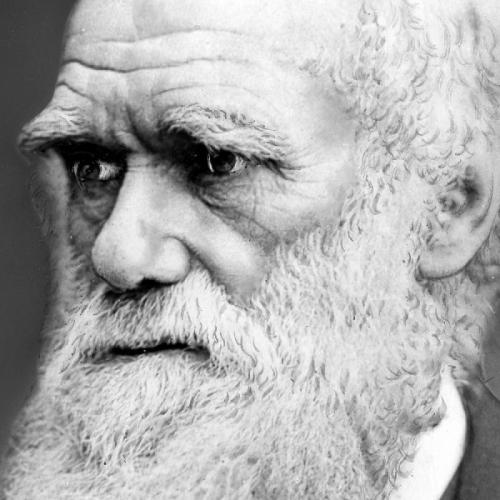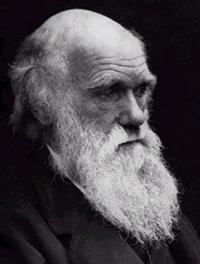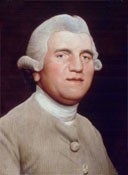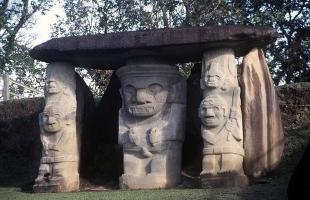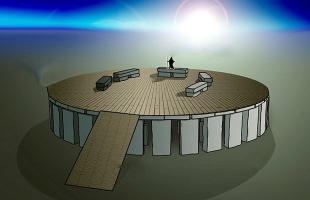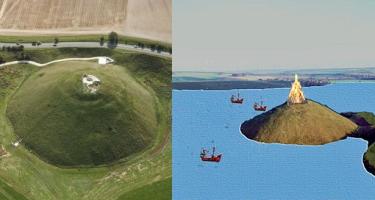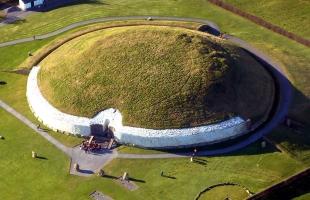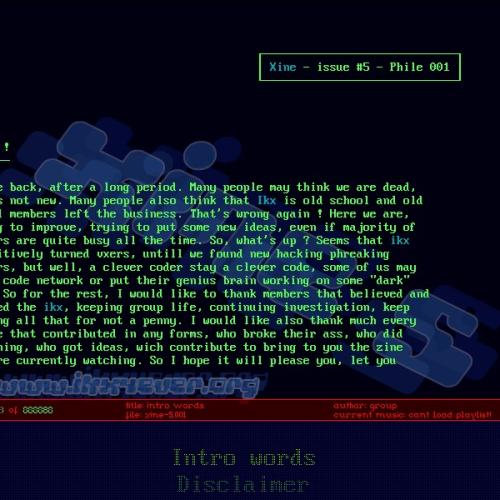Charles Darwin Birthplace and Childhood - 1809 to 1825 (part 1)
Charles Robert Darwin was born in the town of Shrewsbury, England on February 12th 1809 and this picturesque, well-maintained medieval town is much the same today as it would have been in Darwin's time. The portion of Shrewsbury known as “Old Town” is almost completely surrounded by a horseshoe-shaped bend in the River Severn, as shown in this aerial view of the town below. The English Bridge is to the lower right and the Kingsland Bridge is to the left while the Welsh Bridge is at the center-top of this photograph. In addition there are foot bridges across the river at several points.
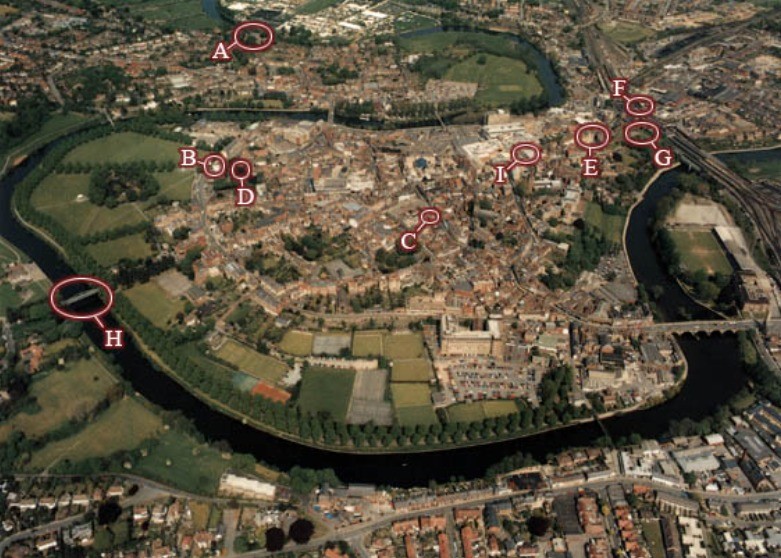
The only home that Charles Darwin knew from the time he was born until he returned from his five-year trip around the world on the Beagle at the age of 29, was his family home right here in Shrewsbury. In chronological order, here are the places in Shrewsbury that were important in Darwin's life. We will visit each of these buildings in greater detail below. Darwin was born in the family home, known as The Mount or Mount House, on February 12 th, 1809. The home was built by his father, on a bluff overlooking the River Severn, and is located at the top, center-left (A) in the figure. On November the 15th, 1809, in the same year as he was born, Charles was baptized in Saint Chad's Anglican Church (B). However his mother, the former Susannah Wedgwood, who was a Unitarian, took him as a young child with her to the Unitarian Church on High Street, near the center of town (C). Reverend Case was the minister of the church and also ran an elementary School at 13 Claremont Hill (D), which is close to St. Chad's Church. At the age of eight, Charles was enrolled in Rev. Case's school by his mother but attended this school for only one year. Unfortunately during this year his mother died and he was enrolled at Doctor Samuel Butler's school (E) also known as the Shrewsbury School.
At age 16 his father Robert enrolled him at Edinburgh University and, while Charles would return to the family home as a college student and also returned there after his five-year voyage around the world, he never lived at The Mount permanently again after leaving for Edinburgh.
Other familiar places in Shrewsbury that would have been familiar to Darwin are the Train Station (F), the Shrewsbury Castle (G), and Shrewsbury Abby just over the English Bridge to the right, beyond the edge of the photo. Two additional places that deserved to be mentioned, even though they had not been built in Darwin's time, are the new Shrewsbury School across the Kingsland Bridge (H), and up the hill overlooking the River Severn from the South, and the “Darwin” Shopping Center (I) in the middle of town on Castle Street. The campus at the new secondary school is attractive, consisting of a number of handsome redbrick buildings. The reason for mentioning it however is that there is a large statue of Darwin on campus in front of the Administration building. He is depicted as an energetic and active young man on the Galapagos Islands, with iguanas and other creatures around his feet. The Shopping Center is large and modern – an asset to the town that recognizes their most famous son with a month-long “Darwin Festival” which takes place throughout February each year!
The Mount
The hill, overlooking the River Severn that Robert Darwin purchased to build his home on was referred to as The Mount and once the house was finished in 1800 it became known as The Mount House. The following picture is a plot map of the Darwin property, looking north as it appeared when the family lived there from 1800 to 1866 when it was put up for auction soon after his sister Susan, who lived there all of her life, died.
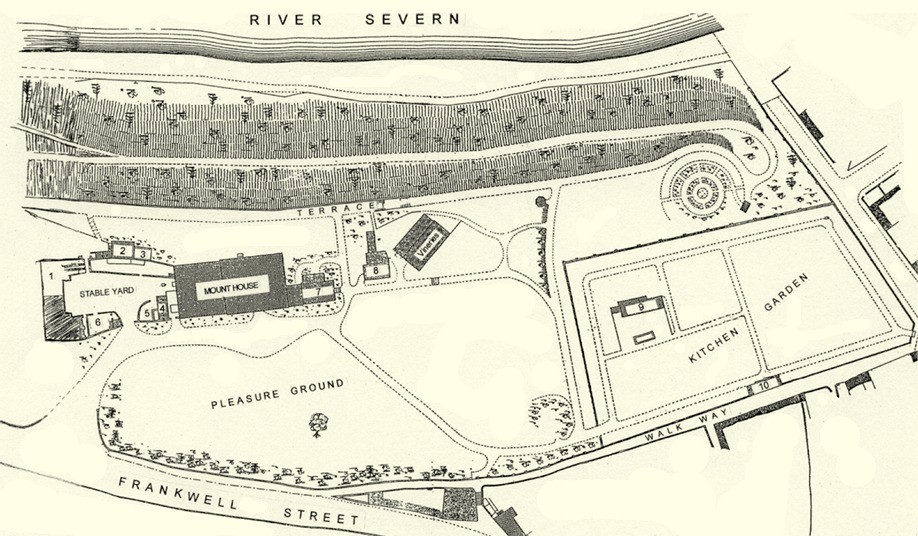
The numbered buildings on the property map are as follows:
- (1) Farm Buildings;
- (2) Laundry;
- (3) Dairy;
- (4) Poultry;
- (5) Coal Bin;
- (6) Piggery;
- (7) Conservatory;
- (8) Plant Store;
- (9) Green House;
- (10) Tool Shed.
The other buildings on the property are labeled.
Currently access to the Darwin Family home in Shrewsbury is restricted however, an effort by the newly formed Darwin Birthbplace Society is being made to acquire it, in order to preserve Charles Darwin's heritage for the future. To learn more about this project and to participate go to their homepage.
To visit the home, one crosses the Welsh Bridge and proceeds up the hill on Frankwell St. towards The Mount House, you cannot see the house from the street because there is a high retaining wall that fronts the property. However, as you turn to the right into the driveway near the top of the hill, there is a plaque attached to the stone wall in commemoration of Charles Darwin.
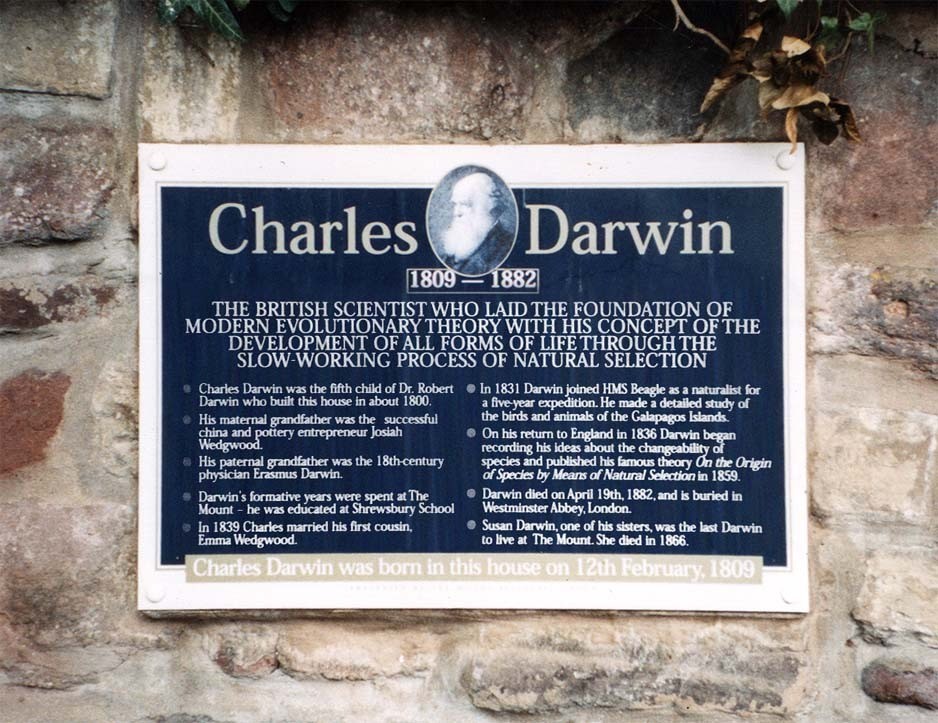
Continuing around to the right the wall changes from stone to red brick and the large, red brick home comes into view on your left. An expansive lawn, with large trees is on your right as you approach the front of the home. It is an imposing three-story building, with single story extensions on each end.
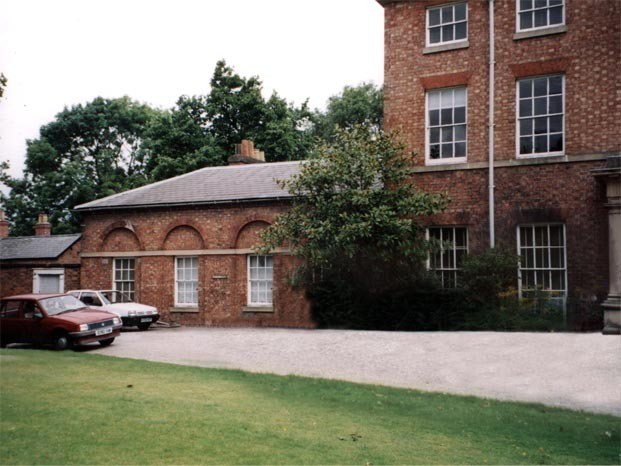
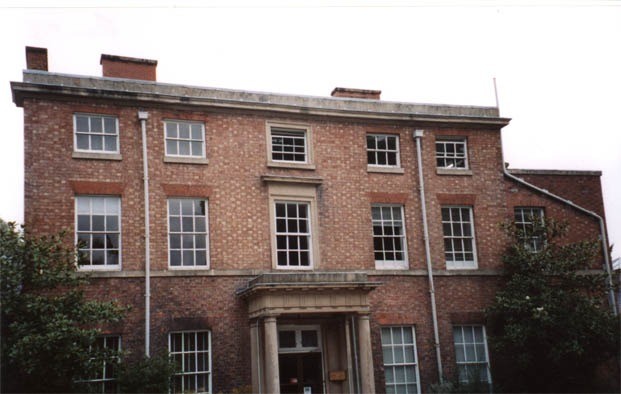
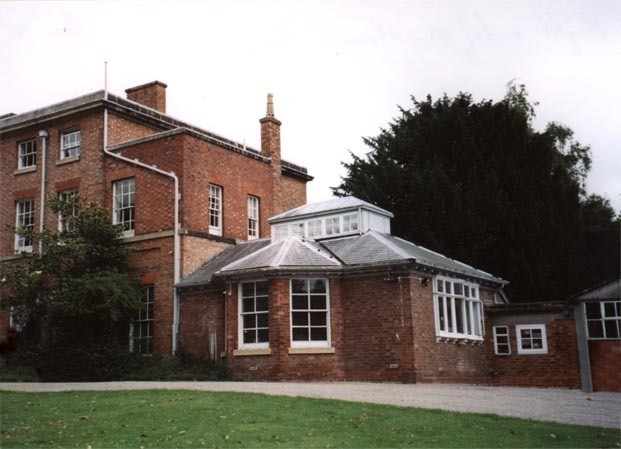
Beyond the extension of the house, to the West, is a rather large "Stable-Yard" that was part of the original building built in 1800. This yard was used to ready the horses and/or carriage for use by the family and for other farm related activities. It was enclosed by farm buildings at the West end, farthest from the main house and the farm itself stretched out to the West beyond the buildings. Along the North side of the enclosure there is a laundry, and a dairy where the milk, cream and cheese were kept cool with ice from the ice-house. Ice was harvested from the river during the winter and stored in the ice-house below the home on the riverbank, for use of the household during the rest of the year. Along the front side of the yard there were structures for poultry, coal and a piggery where pigs were slaughtered and made ready for the family table. A door from the stable-yard opens into the kitchens and the servants quarters, all of which were located in the one-story portion of the house at the West end of the three story portion of the home.
Charles Darwin's father, Robert Waring Darwin was a physician and built the home in 1800 just after his marriage to Susannah Wedgwood, daughter of the famous porcelain manufacture Josiah Wedgwood. Doctor Darwin ran his medical practice from his home and the patients came to the front door of the house and waited to see the doctor in the room immediately to the left of the entryway. Doctor Darwin's office and surgery were to the left of the waiting room and the surgery was across the hall to the back of the house.
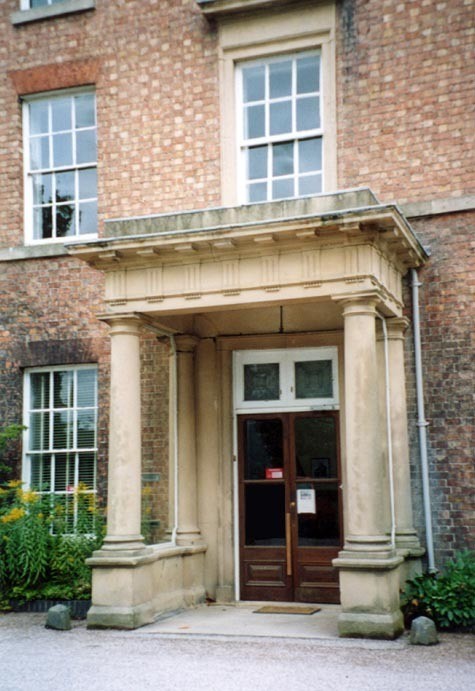
The second floor of the main house was a series of bedrooms and one of them served as the nursery where all the children were born, including Charles. The window to this room can be seen in Figure above, off to the upper left corner of the front entry way.
The Figure below is of the fireplace in this room.
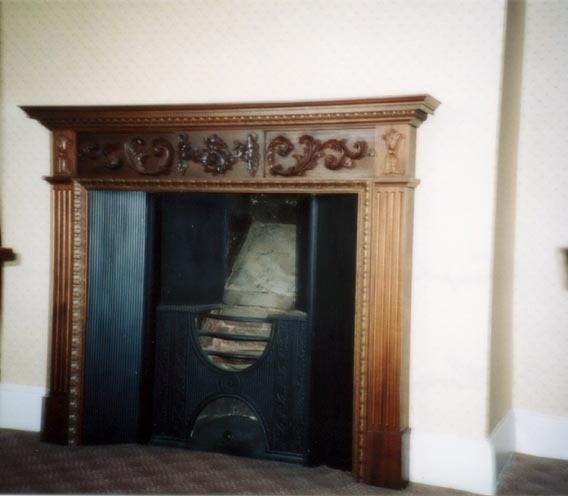
Saint Chad's Anglican Church and the Dingle Gardens
On November the 15th, 1809, when Charles was only nine months old, he was baptized in Saint Chad's Anglican Church, where his father was a member. The church is situated on one of the highest points in Old Town Shrewsbury and overlooks the wide Water Gardens to the west of the building which now contains the beautiful Dingle Gardens.
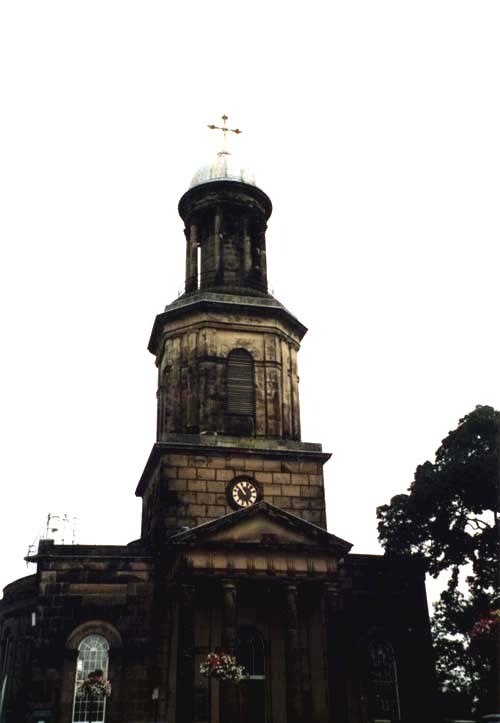
Only a few churches in England were ever built with round auditoriums and Saint Chad's is one of them. This feature can be seen in the picture, where the view is from the South across the cemetery at the side of the church.
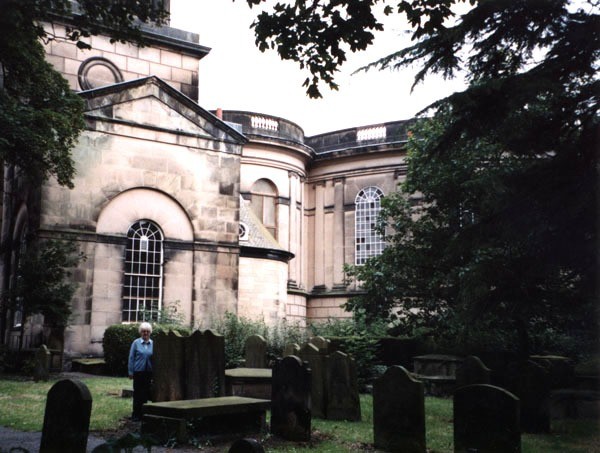
The round sanctuary is to the far right in the photograph. Even though Dr. Robert Darwin was a long-time member of this church he and his wife Susannah are buried at Montford Parish Church, a few miles north west of the Shrewsbury.
When Charles was a boy the place on the water gardens where the Dingle Gardens are now located was a quarry and he recalls going there to collect things from the water (see The Unitarian Church and Reverend Case’s School).
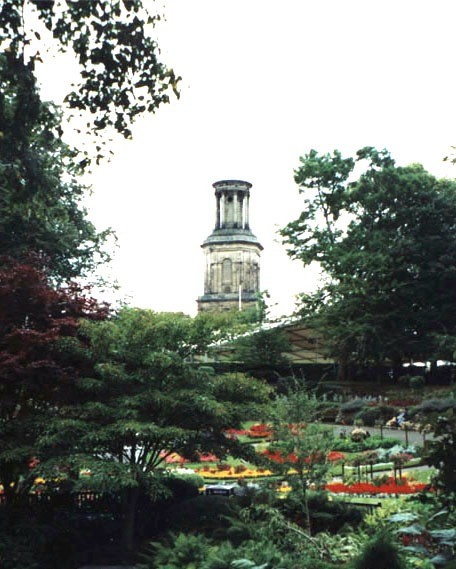
Today the quarry has been transformed into the Dingle Gardens, a sight to behold with brilliant flowerbeds,
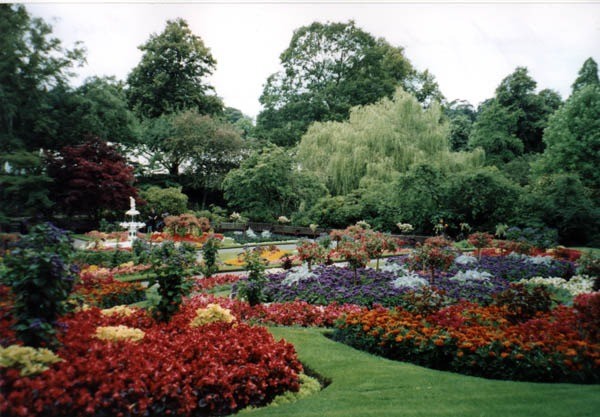
walkways and fountains in the center of flowing water, all surrounded by beautiful trees. A truly enchanted and romantic place!
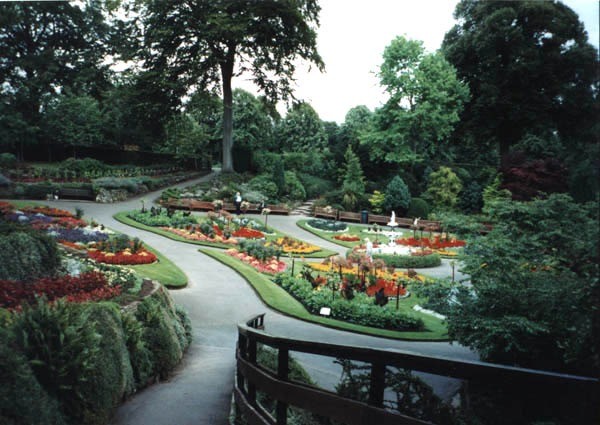
The Unitarian Church and Reverend Case’s School
As a young child, his mother, the former Susannah Wedgwood, took Charles to the Unitarian Church on High Street near the center of town, where she was a member.
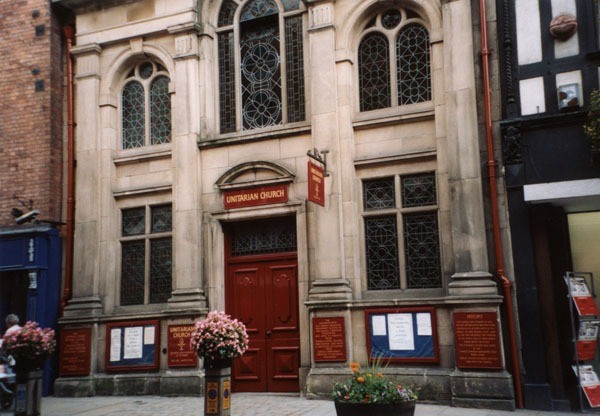
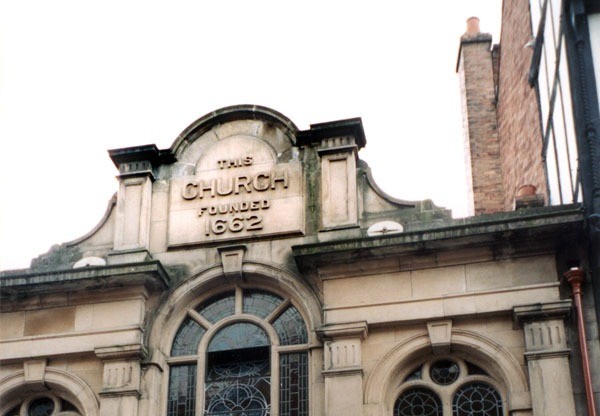
This attractive building has a plaque commemorating Charles as a member who attended regularly as a youth.
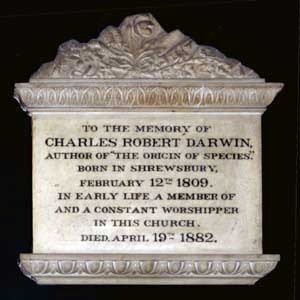
During this period, Reverend Case was the pastor at the Unitarian Church and he also ran a school at 13 Claremont Hill St. next-door to St. Chad’s Church, where Charles was enrolled by his mother in 1816.
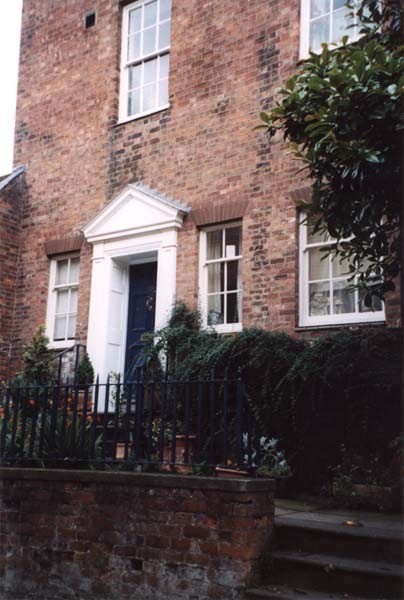
The view down the hill on Claremont St. across town to the St. Alkmund Church would have been a familiar sight to Charles as he came and went from the school.
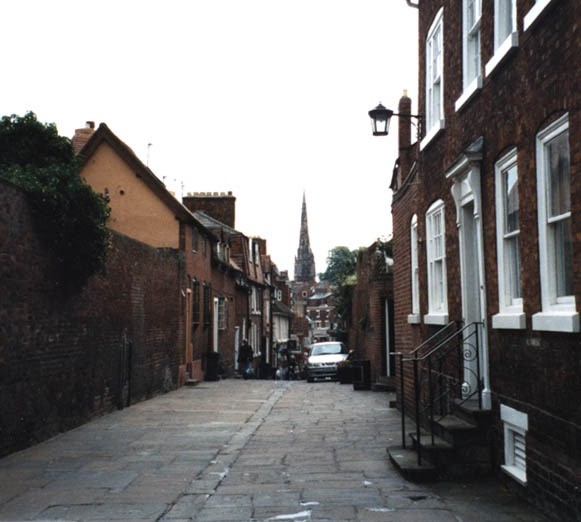
The rear windows of the school looked out onto the cemetery at St. Chad’s church.
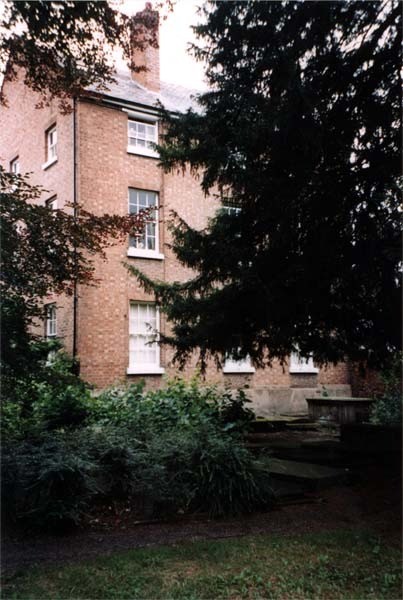
In his autobiography Charles recalls a number of events during this school year including the dogs in Barker St., newts in the quarry, fruit in the garden, monstrous fables, and the burial of a “dragoon-soldier.”
The following quotes are taken from Darwin's autobiography and they recall the insedents mentioned above in his own words.
“In 1817, when I was 8½ years old, I attended Mr. Case's School. I remember how very much I was afraid of meeting the dogs in Baker St. and how at school I could not get up my courage to fight. I was very timid by nature. I remember I took great delight at school in fishing for newts in the quarry pool. I had thus young formed a strong taste for collecting, chiefly seals, franks and also pebbles and minerals.About this time, I sometimes stored fruit for the sake of eating it; and one of my schemes was ingenious. The kitchen garden was kept locked in the evening, and was surrounded by a high wall, but by the aid of neighboring trees I could easily get on the coping. I then fixed a long stick into the hole at the bottom of a rather larger flower-pot, and by dragging this upwards pulled off peaches and plums, which fell into the pot and the prizes were thus secured.
One little event during this year has fixed itself very firmly in my mind, and I hope that it has done so from my conscience having been afterwards sorely troubled by it; it is curious as showing that apparently I was interested at this early age in the variability of plants! I told another little boy (I believe it was Leighton, who afterwards became a well-known botanist) that I could produce variously coloured Polyanthus and Primroses by watering them with certain coloured fluids, which was of course a monstrous fable, and had never been tried by me. I may here also confess that as a little boy I was much given to inventing deliberate falsehoods, and this was always done for the sake of causing excitement.
I remember clearly only one other incident during the year whilst at Mr. Case’s daily school-namely, the burial of a dragoon-soldier; and it is surprising how clearly I can still see the horse with the man’s empty boot and carbine suspended to the saddle, and the firing over the grave (Figure17) This scene deeply stirred whatever poetic fancy there was in me.”
After his mother’s death in July 1817, his older sisters, particularly Caroline continued to take him to the Unitarian Church and to see to his continuing education. However, later that year it was his father who, enrolled him in Doctor Butler's Shrewsbury school.
“My mother died in July 1817, when I was a little over eight years old, and it is odd that I can remember hardly anything about her except her death-bed, her black velvet gown, her curiously constructed work-table and one or two walks with her. I have no distinct remembrances of any conversations, and those only of very trivial nature. I do remember her saying ‘if she did ask me to do something, which I said she had, it was solely for my good.”
